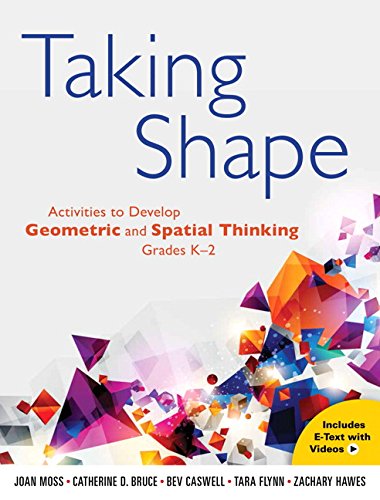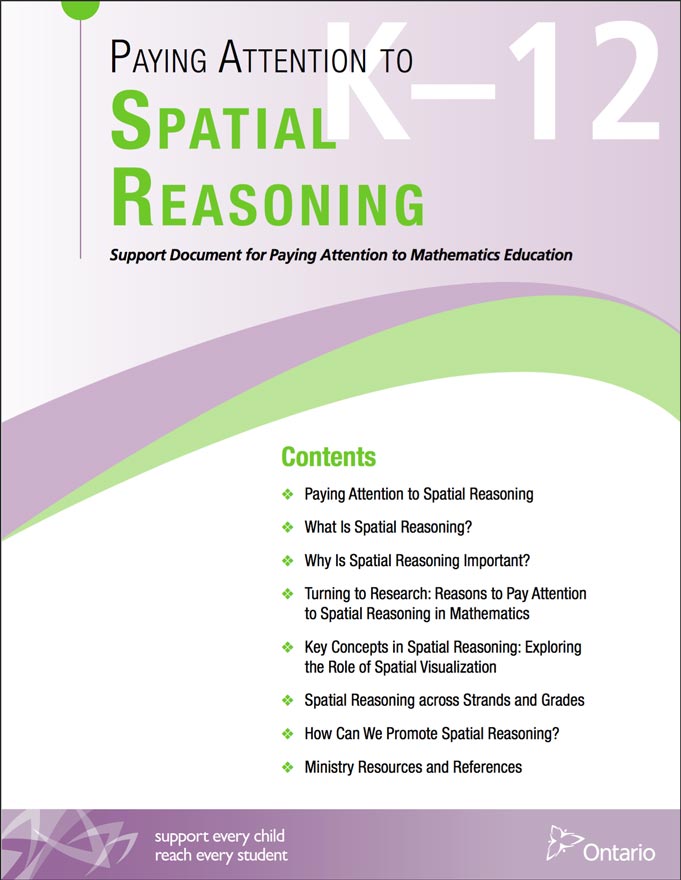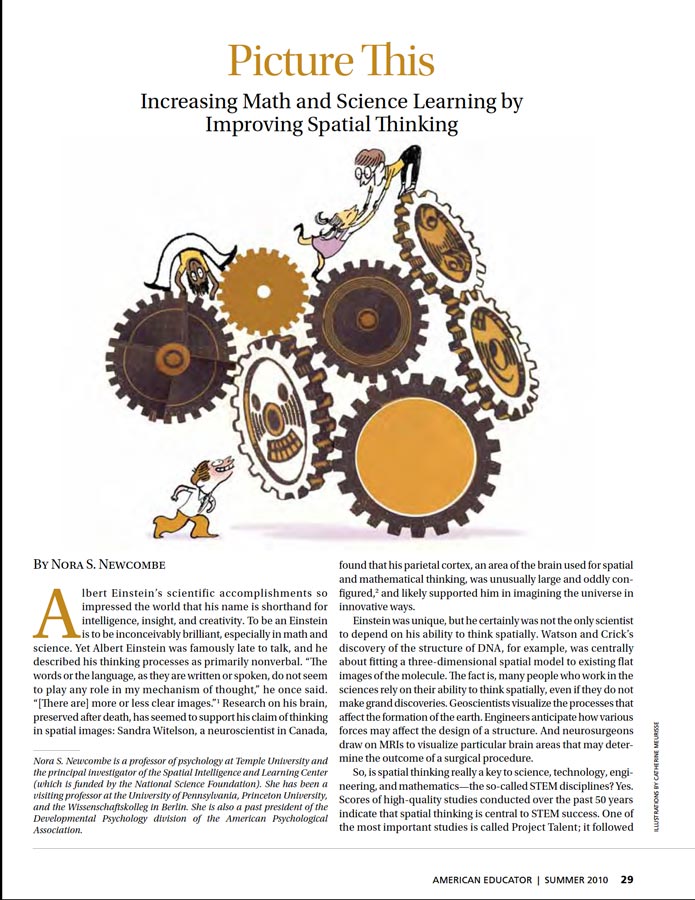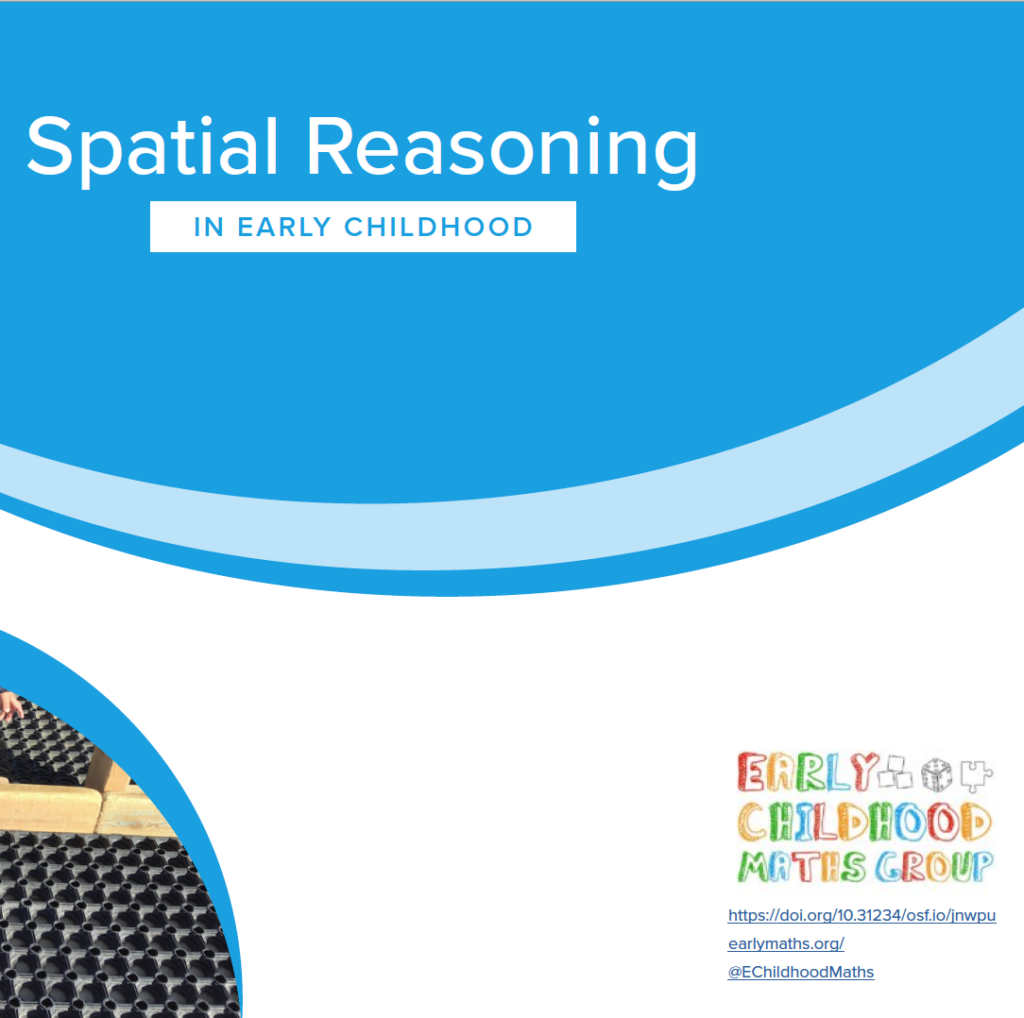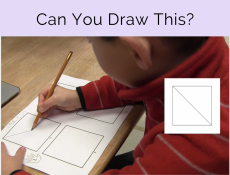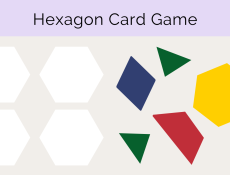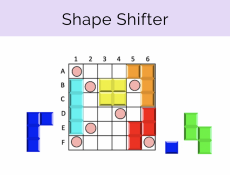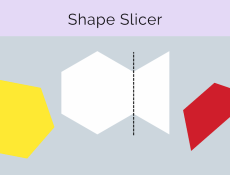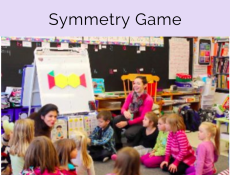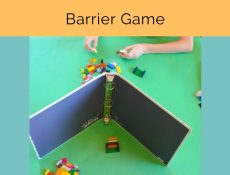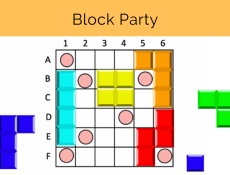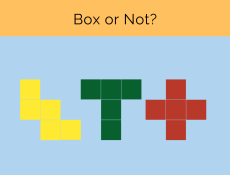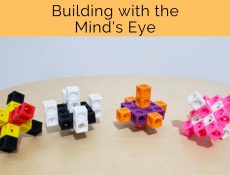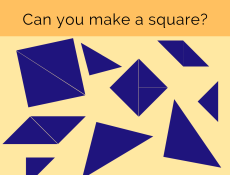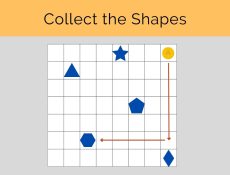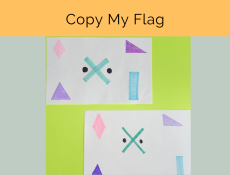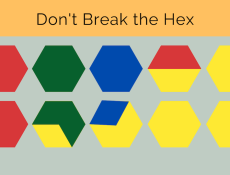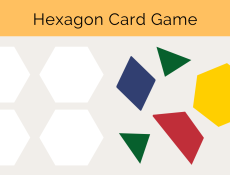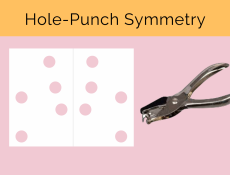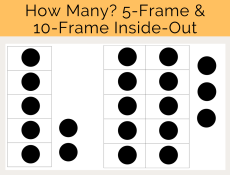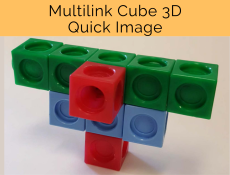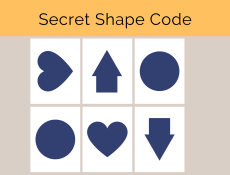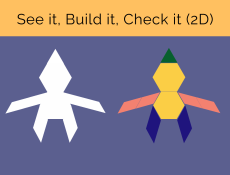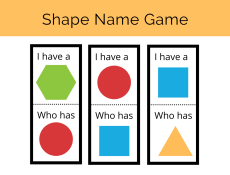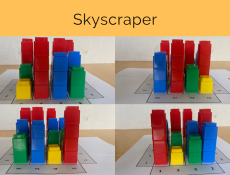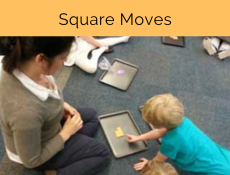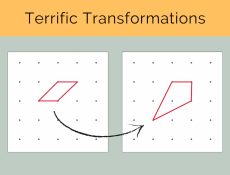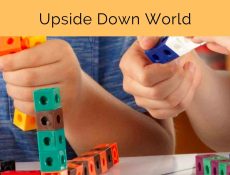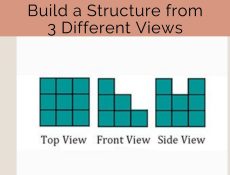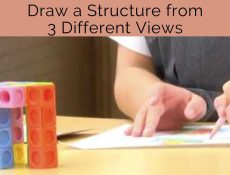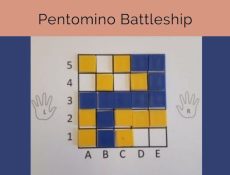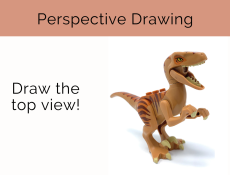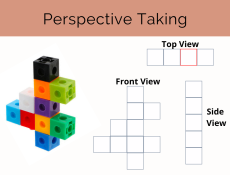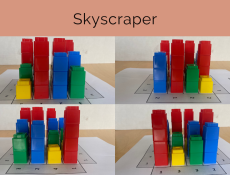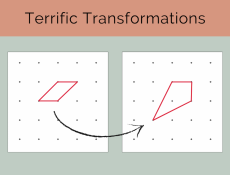Spatial reasoning:
A toolkit with lessons
Spatial reasoning:
A toolkit with lessons
Young children’s capacity to reason spatially has amazed The Robertson Program for years. In our work with classroom teachers, we see young children motivated to think mathematically and creatively when engaging in activities that require spatial reasoning. Yet, the mathematical skills required to think spatially may go unrecognized by educators due to a lack of attention paid to spatial skills (Clements & Sarama, 2011).
Increasing children’s spatial reasoning capacity has been shown to benefit all children in overall mathematics achievement. We have learned that children can solve complex mathematical problems, especially in the area of geometry when the learning is rich, engaging, meaningful and playful.
View the spatial reasoning lessons
Spatial reasoning is fundamental to mathematical thinking
Spatial reasoning is the ability to recognize and mentally conceive of objects and space as they relate to each other in a given environment. This conceptual interpretation of space can be used to accurately predict and solve problems (Ontario Ministry of Education, 2014). The term spatial reasoning is often used interchangeably with spatial thinking.
- Spatial reasoning is an interpretation of an objects’ location, its shape and size, how it relates to other objects in the same space, and how the object can transform from one area to another (Newcombe, 2010).
- Spatial reasoning includes “being able to visualize, or picture things in the mind’s eye, and to mentally move, rotate, stretch, bend, or fold objects and shapes in space” (Moss et al., 2016).
- By using spatial reasoning, students learn to: compare, order and classify, transform, translate and consider perspective, understand and create symmetry, visualize, compose, decompose, and model (Davis, 2015).
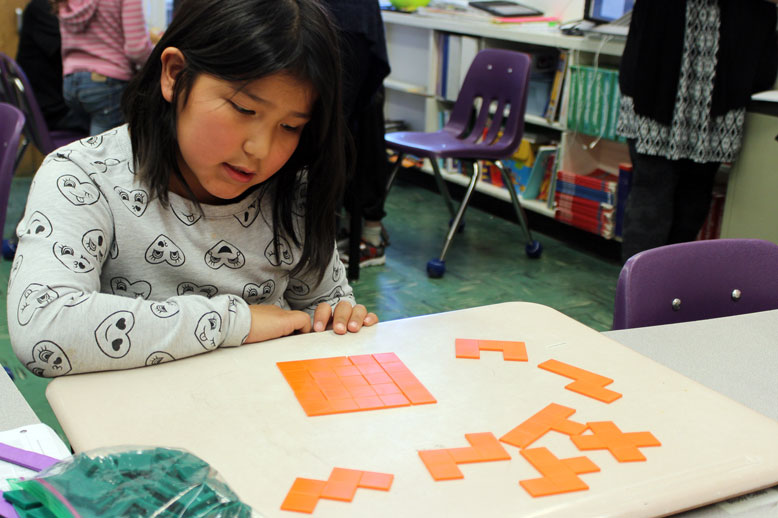
A student successfully puts pentomino pieces together to create a square with a length of five units on each side.
Why is spatial reasoning important for students?
Spatial reasoning is integral in our daily lives and perception of the world. Spatial thinking and mathematics are intimately linked.
- “Strong correlation exists between a person’s mathematical talent and his or her scores on spatial perception tests, almost as if they were one and the same ability.” (Dehaene, 1997).
- Spatial reasoning was found to be a central predictor in overall success in mathematics (Farmer et al., 2013).
- Spatial thinking is a strong predictor of interest, entrance, and success in STEM (Wai, Lubinsky & Benbow, 2009).
- The teaching of spatial reasoning supports inclusive mathematics classrooms by providing ways for students to access and demonstrate mathematical thinking beyond the more traditional “number sense” (Moss et al., 2016).
- Spatial thinking provides multiple entry points and more equitable access to mathematics because spatial reasoning is less correlated with socioeconomic status than are math and verbal reasoning in the population, identifying spatial talent will also identify more students from low-income and disadvantaged backgrounds. (Wai & Worrell, 2020).
- “Empirical evidence indicates that spatial imagery reflect not just general intelligence but also a specific ability that is highly related to [the] ability to solve mathematical problems, especially non-routine problems” (Clements & Sarama, 2011)
- Focussing on spatial reasoning in math classrooms invites children to bring the diverse strengths they bring to school, which may otherwise go unnoticed (Ontario Ministry of Education, 2014).
Dr. Joan Moss discusses the importance of spatial reasoning in early years’ mathematics education.
Former Robertson Director Dr. Bev Caswell explains how spatial reasoning provides opportunity for equity in mathematics education.
Spatial reasoning is malleable
- A meta-analysis of 217 studies found that spatial reasoning skills can be improved at any age. (Uttal et al., 2013).
- Using spatial language in conversations allows children to pay attention to and process spatial information (Shusterman and Spelke, 2005).
- Beginning at a young age, using spatial terms (such as ‘to the right of’, ‘below’, and ‘on top of’) instead of generalized terms (such as ‘over there’) models how language can be used and may positively influence spatial thinking. Children exposed to more spatial terms during their everyday activities and produced these words themselves performed better on spatial tests at 4.5 years old than children who were not introduced to or used as spatial terms (Pruden, 2011).
- Facilitating ‘hands-on’, physical experiences supports the physical development of students which is integral to spatial reasoning. Activities that allow students to move around, direct, describe and view multiple perspectives lead to a holistic and first-person experience, encouraging self-initiated, problem-solving opportunities (Frick and Wang 2014; Slone et al 2018; Moore and Johnson 2020).
- Providing “playful yet structured” lessons, activities, and games supports engagement with, and learning of, spatial reasoning concepts (Moss et al., 2016).
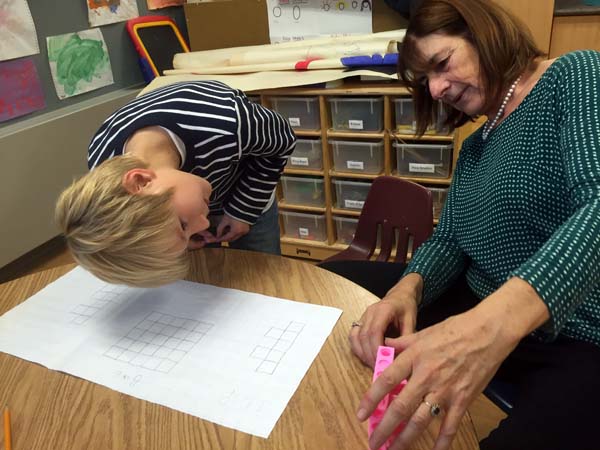
Former Robertson Researcher Dr. Joan Moss and a student look at the shape from a different perspective.
Additional Resources
Taking Shape:
Activities to Develop Geometric and Spatial Thinking
Games and challenges using ready-at-hand materials provide entry points to key areas of spatial cognition, such as visualization and mental manipulation. Authors include members of The Robertson Program team.
Paying Attention to Spatial Reasoning
Argues for the essential role of spatial skills in understanding number, arithmetic, word problems, measurement, geometry, algebra and calculus. Created by the Ontario Ministry of Education.
Picture This! by Nora Newcombe
Connects cognitive psychologists’ studies of spatial ability with recommendations for improving spatial thinking in preschool and elementary students.
Spatial Reasoning in Early Childhood
Developed by the Early Childhood Maths Group, this comprehensive document informs educators about the role they can play in the development of spatial thinking. Informed by an extensive review of research, the document also provides a learning trajectory for newborns through to age seven.
Spatial reasoning activities for the classroom
The spatial reasoning activities below are categorized according to the aspects and processes of spatial reasoning identified in Taking Shape (Moss et al., 2016):
- Composing, Decomposing 2D Objects
- Composing, Decomposing 3D Objects
- Gestures
- Mapping, Locating, Orienting, Coding
- Mental Rotation
- Perspective Taking
- Spatial Language
- Symmetry
- Visualization
Early years lessons
Primary lessons
Junior lessons
We began creating the activities found here 10 years ago through the Math for Young Children lesson study project with the Trent Math Education Research Collaborative. Since then, we have conducted research with educators from across Ontario to further develop our collection of spatial reasoning activities. We thank the following groups for contributing to our understanding of spatial reasoning:
Dr. Eric Jackman Institute of Child Study Laboratory School
Aroland First Nation
Big Grassy First Nation
Kawartha Pine Ridge District School Board
Long Lac #58 First Nation
Naicatchewenin First Nation
Nigigoonsiminikaaning First Nation
Oak Grove School
Onigaming First Nation
Rainy River District School Board
Seine River First Nation
Seven Generations Education Institute
The Bishop Strachan School
Toronto Catholic District School Board
Toronto District School Board
Waterloo Catholic District School Board
Ontario Institute for Studies in Education, University of Toronto
References
Clements, D. H. & Sarama, J. (2011). Early childhood mathematics intervention. Science.
Davis, B. & the Spatial Reasoning Study Group. (2015). Spatial reasoning in the early years: Principles, assertions, and speculations. New York: Routledge.
Dehaene, S. (1997). The number sense: How the mind creates mathematics. Oxford University Press.
Frick, A. & Wang, S. H. (2014). Mental spatial transformations in 14‐and 16‐month‐old infants: Effects of action and observational experience. Child development.
Moss, Joan & Bruce, Cathy & Caswell, Beverly & Flynn, Tara & Hawes, Zachary. (2016). Taking Shape: Activities to Develop Geometric and Spatial Thinking. Pearson.
Newcombe, N.S. (2010). Picture this: Increasing math and science learning by improving spatial thinking. American Educator.
Pruden, S. M., Levine, S. C. & Huttenlocher, J. (2011). Children’s spatial thinking: Does talk about the spatial world matter? Developmental science.
Shusterman, A. & Spelke, E. S. (2005). Language and the development of spatial reasoning. The innate mind: Structure and contents.
Ontario Ministry of Education (2014). Paying Attention to Spatial Reasoning, K-12: Support Document for Paying Attention to Mathematical Education. Queen’s Printer for Ontario
Uttal, D. H., Meadow, N. G., Tipton, E., Hand, L. L., Alden, A. R., Warren, C. & Newcombe, N. S. (2013). The malleability of spatial skills: A meta-analysis of training studies. Psychological Bulletin.
Wai, J., Lubinski, D. & Benbow, C. P. (2009). Spatial ability for STEM domains: Aligning over 50 years of cumulative psychological knowledge solidifies its importance. Journal of Educational Psychology.
Wai J, Worrell FC (2020). How talented low-income kids are left behind. Phi Delta Kappan.

